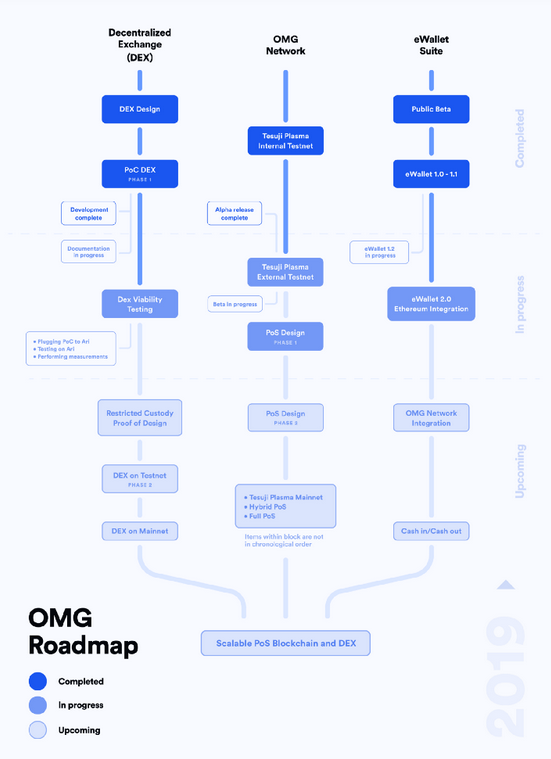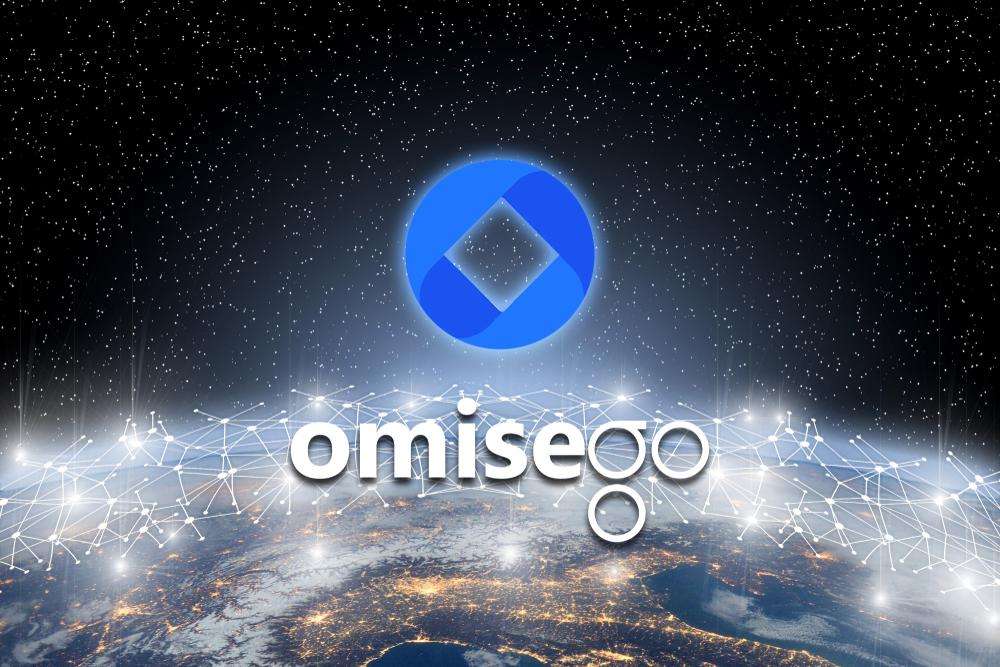What is OmiseGo?
OmiseGo’s slogan “Unbank the Banked” describes very well in a few words the goal of the OmiseGo project.
Centralized systems, such as the traditional banking system, are opaque due to their centralized nature, closed and vulnerable to attack as they have a single point of failure. Decentralised networks, on the other hand, are transparent by storing each state and change (i.e. each balance and transaction) in a common ledger that can be viewed by anyone, with voluntary verifiable traceability when needed, so that no trust and no central authority are required.
OmiseGo intends to be this “decentralized bank” that completely eliminates the need for centralized, traditional banks and gives everyone back control of their own money. In particular, OmiseGo wants to address a problem that affects many people in Southeast Asia, where OmiseGo was founded.
In Southeast Asia, a large number of people have no access to the banking system and therefore cannot open their own bank account. People, for example, are unable to take out loans and are therefore severely limited in their financial possibilities.
OmiseGo hopes with its digital wallet and decentralized exchange to establish access to the global financial system for everyone in the world. The OmiseGo platform will therefore support both Fiat currencies (such as the US dollar and euro) and crypto currencies. These are to be exchanged quickly and cheaply and used for all types of payments. The project thus intends to “solve a fundamental coordination problem between payment processors, gateways and financial institutions”.
OmiseGo provides a fully distributed Exchange (DEX) based on Ethereum and designed to scale virtually indefinitely. The OMG network should also be able to interact with Bitcoin and other blockchain platforms via state channels or smart contracts, so that it can essentially serve all future transactions.
The current price of OmiseGo can be checked in our price chart. If you want to track the price of Bitcoin, Ethereum, XRP or IOTA or 2,000 other Altcoins, take a look at our course overview.
How does OmiseGo work?
The platform is based on the Ethereum blockchain and can therefore access the full range of functions of Ethereum. Basically, OmiseGo, whose token is OMG, is based on three layers:
- a decentralized Exchange
- a scalable blockchain
- and a Wallet (or the White-Label Wallet SDK)
The decentralized exchange (DEX) is an exchange on which any form of digital asset can be traded. All transactions are managed decentrally on the exchange and validated by OmiseGo’s proof-of-stake system.
A scalable blockchain is a prerequisite for OmiseGo to replace the established banking system. However, Ethereum Blockchain (as of October 2018) cannot yet process nearly enough transactions per second to take over the transaction volume of the established system. OmiseGo would like to change this with the development of “Plasma”, as we will explain later.
The third pillar of the OmiseGo network is the Wallet and the Wallet Software Development Kit (SDK), which provides standardised functions for so-called Digital Wallet Service Providers.
The OmiseGo Wallet can be imagined as a bank account. Once you’ve set up the free one, you get full access to OmiseGo’s financial services. The Wallet SDK is aimed at developers and companies who want to connect their business with the OMG network. For this the SDK offers a simple possibility to develop, extend or adapt payment solutions.
OmiseGo’s Proof of Stake (PoS)
OmiseGo’s Decentralized Exchange (DEX) will integrate a Proof of Stake (PoS) consensus. OMG tokens are required as part of this to participate in the consensus and validation process of the network. The “Staker” act as validators of the blockchain. If you choose to use your OMG, you will receive a refund of fees charged by Validators to network users. This is to cover the costs of validating transactions (including trades) carried out via the DEX. The fees are not controlled by an algorithm or the decision of the central party, but are determined completely dynamically by supply and demand.
The OMG token is therefore primarily a staking token. By holding OMG tokens, users can take on an active role in the network. The total amount of OMG is 140,245,398.
Plasma
Probably the biggest challenge of blockchains is scaling, so that one day millions of people will be able to use the platforms in their everyday lives. Not only Bitcoin faces this challenge, but also the Ethereum blockchain and especially OmiseGo.
OMG hopes to solve this problem with plasma. Plasma is a scaling solution first described in the Plasma White Paper by Lightning inventor Joseph Poon and Ethereum inventor Vitalik Buterin in August 2017. If plasma works as designed, then plasma may be able to process “billions of transactions” per second.
Like State Channels in the Bitcoin Lightning Network, Plasma is a technical solution that removes transactions from the Ethereum root chain and shifts them to child chains. “Child Chains can have other children. This results in a multitude of branched blockchains or a hierarchical tree of sidechains, which are all connected to the root chain. Complex and costly operations can thus be shifted to the sidechains. So that not every operation has to be written to the root chain.
The company behind OmiseGo
OmiseGO is a subsidiary of Omise, a leading provider of online payment gateways in Southeast Asia. Omise was founded in 2013 and operates in Thailand, Japan, Singapore and Indonesia.
The team has already been honored by the up-and-coming “Fintech Rockstar”. It is noteworthy that Omise, unlike other blockchain projects, can provide an established company. Omise currently has over 100 full-time employees. The founders of Omise and OmiseGo are Jun Hasegawa, who worked for Google for over 16 years.
The OmiseGo Blockchain team has also been an integral part of the Ethereum community from the beginning. In 2018, Cosmos, OmiseGo, Golem, Maker, Ethereum, Status, Web3 and Global Brain established the Ethereum Community Fund to promote the advancement of the Ethereum ecosystem and accelerate the general adoption of distributed technologies.
Roadmap
It is important to know that the OmiseGo network, as we described earlier, is still under development. The following chart, as of May 2018, shows the roadmap of OMG very well (despite the no longer correct future time data). As of today, a Wallet SDK Beta and a Plasma MVP (Minimum Viable Product) have been released.

Last updated: 06/07/2019
[ratings]




